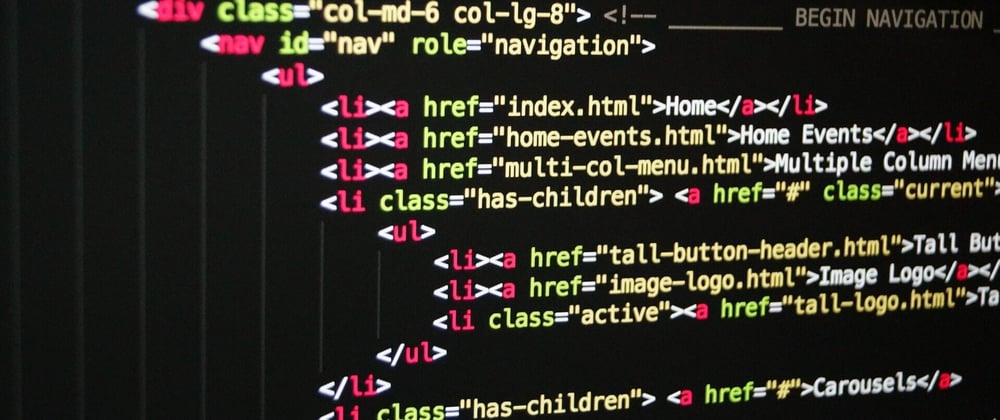In the world of web development, the two most commonly used tags are div tags and span tags. Although they can be used for any purpose, they may not be suitable for search engines.
HTML semantic tags are extensively used by search engines to extract the essence of a webpage. More information about SEO and how search engines work can be found here.
Semantic HTML means HTML that includes meaning behind its elements. In other words, what is the structural significance of each piece of content on the page? Is it an article, or something that isn't the main focus of the page? Is it emphasised vocally? Is this an address or an abbreviation?
At the heart of accessible websites is semantic, meaningful HTML. Indeed, leveraging all that HTML has to offer, rather than limiting yourself to plenty of divs and spans, gets you a great start on an accessible website.
Here are some HTML tags with semantic meaning:
-
article
<article></article>represents a piece of content that exists independently of a document or website, such as a newspaper article or a blog entry. -
header
<header></header>represents introductory content, which typically includes a heading, a logo, and, on occasion, navigation links. -
footer
<footer></footer>typically found at the bottom of a webpage and contains information such as a disclaimer, links to privacy policies, social media, contact information, and a copyright statement.
So, do you know about any other semantic HTML tags?







Top comments (0)